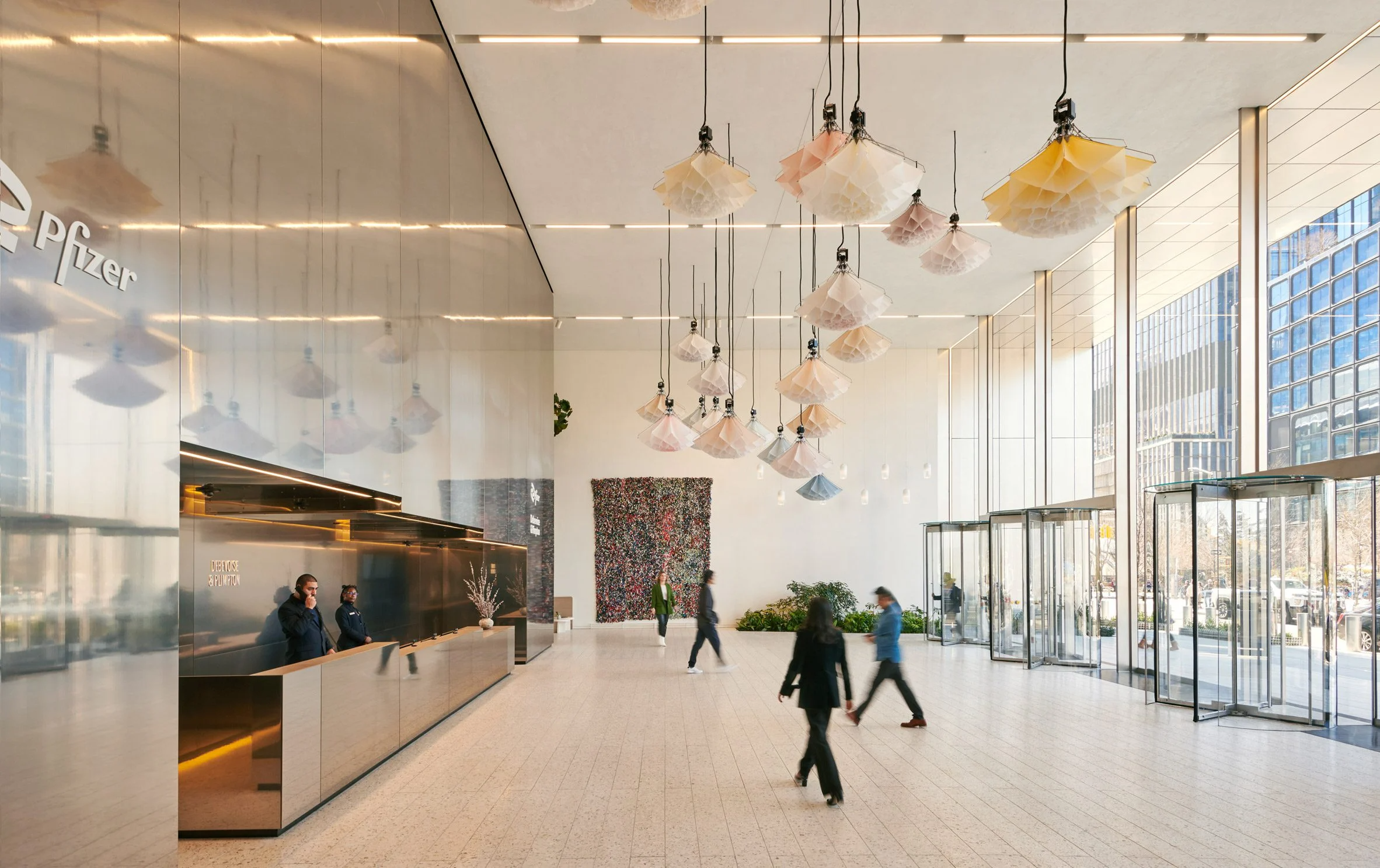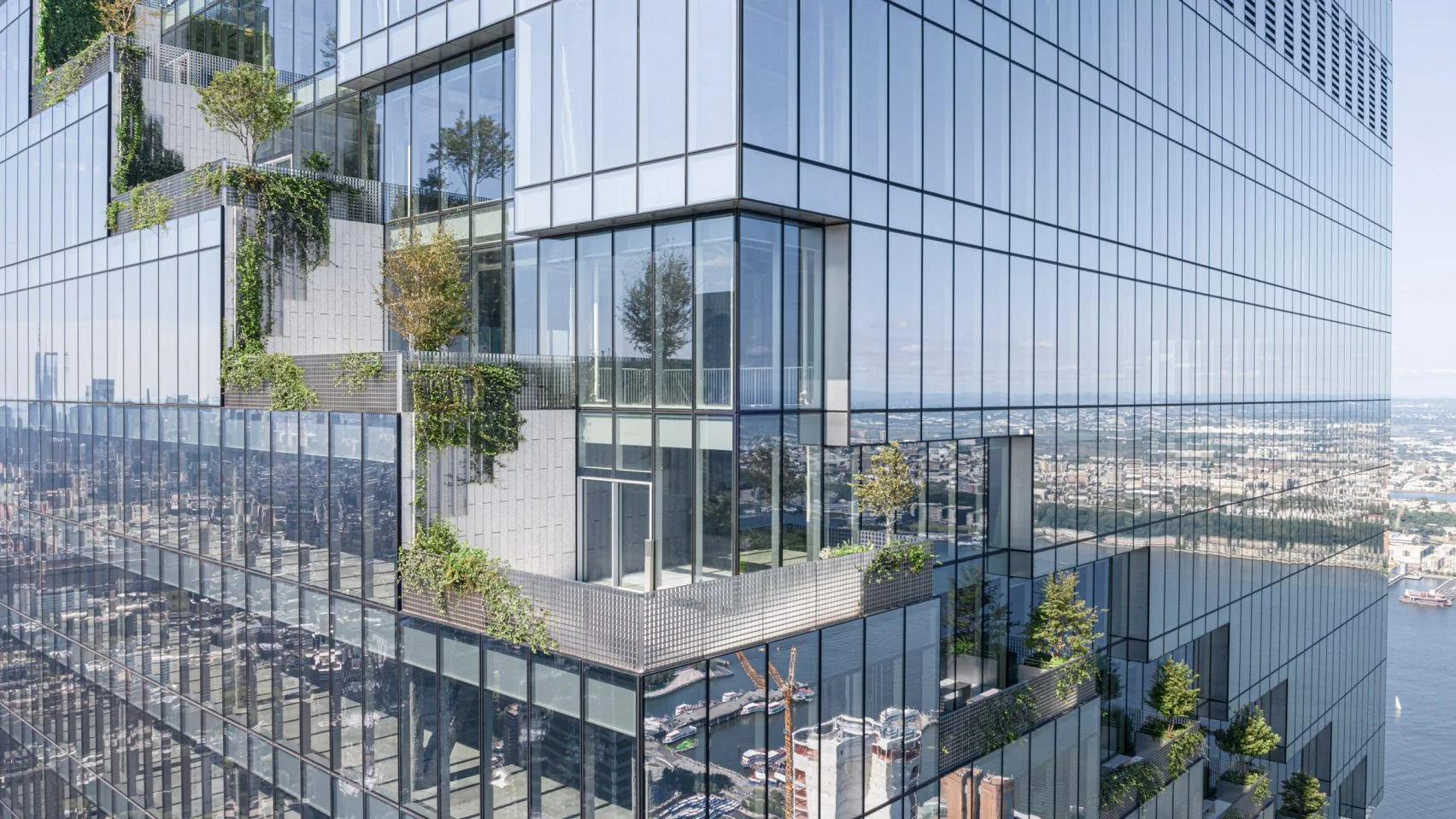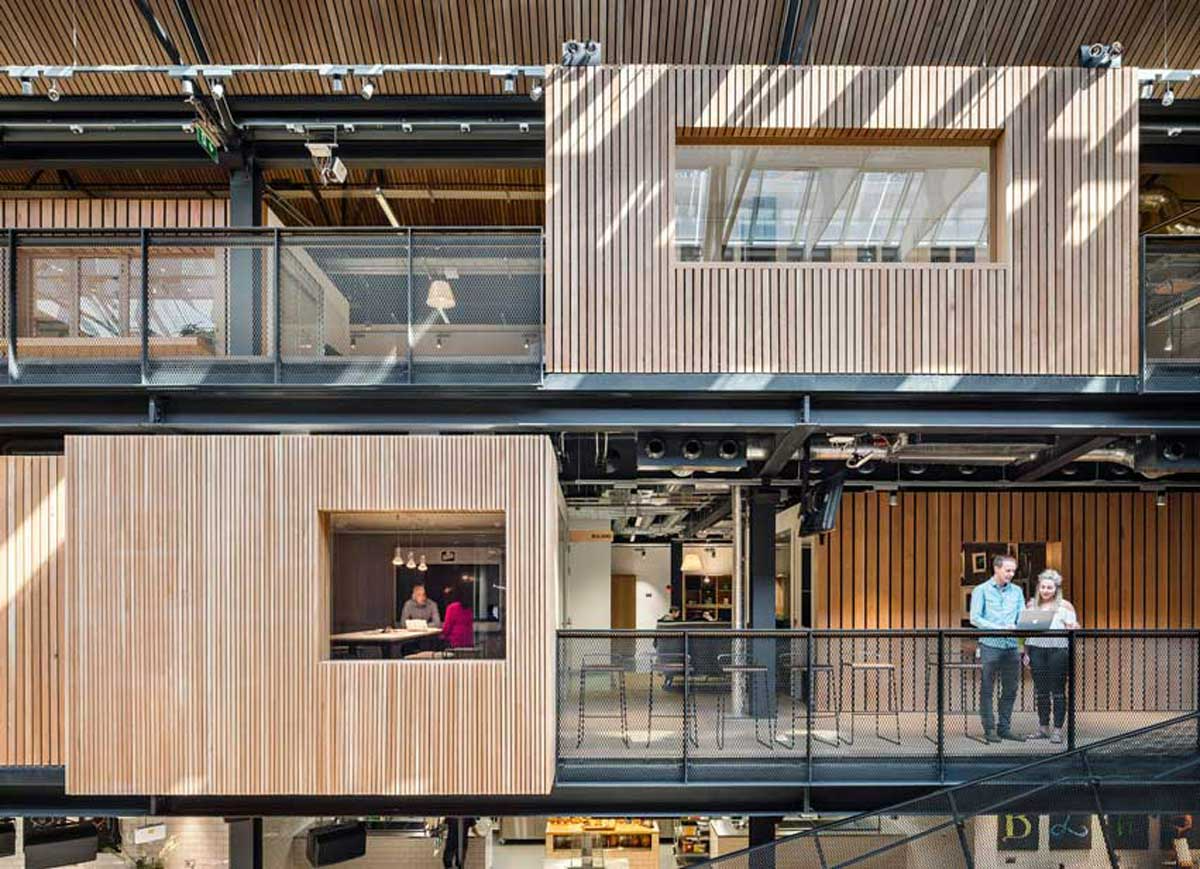Understanding Workplace Risks
Understanding workplace risks is a critical aspect of ensuring employee safety and business continuity. It involves identifying and assessing potential hazards and dangers that can lead to accidents, injuries, or disruptions in the workplace. These risks can vary widely, from physical hazards like machinery and chemicals to ergonomic or psychosocial factors that impact employee well-being.
The Imperative of Workplace Safety
The imperative of workplace safety cannot be overstated. It is not only a moral obligation to protect the well-being of employees, but also a legal requirement in most jurisdictions. Beyond compliance, a safe work environment is essential for business success. Accidents and injuries lead to human suffering, increased medical costs, reduced productivity, and potential legal liabilities. By prioritizing workplace safety, organizations not only safeguard their workforce but also foster a culture of trust, commitment, and innovation among employees. Furthermore, a strong safety record enhances a company's reputation, attracts top talent, and can lead to increased profitability.
Empowering Through Knowledge: What This Article Covers
Empowering employees with knowledge about workplace safety is an essential step in creating a secure and productive work environment. Informed workers are better equipped to recognize potential hazards, follow safety protocols, and take proactive measures to prevent accidents. This knowledge instills confidence and a sense of ownership in their own safety, promoting a culture of responsibility and vigilance. It also fosters open communication between employees and management, enabling the identification and resolution of safety concerns. Ultimately, when individuals are empowered with the understanding of workplace safety, they become active participants in creating a safer and healthier workplace for themselves and their colleagues.

Benefits of Workplace Design and Risk Assessment
Unlocking the Potential: Benefits of Workplace Design and Risk Assessment
Unlocking the potential of a well-thought-out workplace design and comprehensive risk assessment can bring numerous benefits to an organization. An optimized workplace layout can enhance productivity, employee collaboration, and overall job satisfaction. By integrating risk assessment into the design process, potential hazards can be identified and mitigated at an early stage, reducing accidents and costly disruptions. Furthermore, a thoughtfully designed and safe workspace can attract and retain top talent, boost employee morale, and improve the organization's overall reputation. In this synergy of design and risk assessment, businesses can create a workspace that not only looks and feels better but is also safer, more efficient, and conducive to innovation and success.
Creating a Safe Haven: Mitigating Workplace Risks with Design
Creating a safe haven in the workplace through thoughtful design is a proactive and effective approach to risk mitigation. The physical layout, ergonomic considerations, and materials chosen in the design process can all play a significant role in reducing potential hazards. By minimizing clutter, ensuring proper lighting, and optimizing traffic flow, workplaces can become safer and more conducive to employee well-being. Moreover, the incorporation of safety features and access to safety equipment becomes more straightforward with design in mind. Ultimately, a workplace designed with risk mitigation as a core principle becomes a secure and inviting environment where employees can thrive, knowing their safety is a top priority.
The ROI of Safety: Assessing Workplace Risks and Benefits
Assessing workplace risks and investing in safety measures not only fulfills a moral obligation but also yields a tangible return on investment (ROI). Safety-first approaches reduce the potential for accidents, injuries, and their associated costs, such as medical expenses and legal liabilities. Moreover, a safe workplace tends to have more motivated and productive employees, resulting in increased efficiency and decreased absenteeism. It enhances an organic
zation's reputation, making it more attractive to clients, partners, and top talent. In summary, the ROI of safety is seen in improved employee well-being, reduced operational costs, heightened productivity, and an enhanced bottom line, making it a strategic decision with both immediate and long-term benefits.
Check out our fit-out cost guide here.

Productivity and Well-being
Designing for the Human Factor: Employee Productivity and Office Design
Designing for the human factor is a critical consideration in office design, as it directly impacts employee productivity. An environment tailored to human comfort and needs fosters higher job satisfaction, creativity, and efficiency. Elements such as ergonomic furniture, natural light, and open collaboration spaces can enhance employee well-being and motivation. Additionally, reducing noise and distractions, and providing flexible workstations, allows employees to focus better on tasks. In essence, office design that prioritizes the human element not only creates a more pleasant and functional workspace but also unlocks the full potential of the workforce, resulting in increased productivity and overall job satisfaction.
Read our blog on 'Office Bliss: 7 Interior Design Concepts to Boost Productivity'.
Health, Comfort, and Efficiency: Designing for Employee Comfort and Safety
Designing with a focus on employee health, comfort, and safety is a cornerstone of modern workplace design. Comfortable and safe work environments lead to greater job satisfaction, improved physical and mental well-being, and enhanced overall efficiency. Ergonomic seating, proper lighting, and efficient ventilation systems all contribute to employees feeling more comfortable and engaged. Furthermore, ensuring the workspace is free from hazards and risks not only reduces accidents but also cultivates a culture of trust and security. In short, when design decisions prioritize the well-being of employees, it paves the way for a healthier, happier, and more efficient workforce.
Remote and Hybrid Workforces: Workplace Design for the Modern World
Privacy, Hazards, and Assessments
In the context of remote and hybrid workforces, balancing privacy with hazard assessments is paramount. Employees working from various locations, including their homes, must have their privacy respected while still ensuring their workspace meets safety standards. This requires a delicate balance between conducting virtual safety assessments to identify potential hazards, providing guidelines for setting up safe home offices and respecting employees' privacy by not overstepping boundaries. Remote work policies should address both physical and digital security concerns, creating a secure, comfortable, and hazard-free environment while respecting individual privacy. Striking this balance is crucial for both employee well-being and organizational compliance in the evolving landscape of remote and hybrid work.
Behind Closed Doors: Privacy Considerations in Office Design
Behind closed doors, privacy considerations in office design play a pivotal role in employee well-being and productivity. Private offices, meeting rooms, or designated quiet areas provide essential spaces for focused work and confidential conversations. In an era of open office layouts, these enclosed spaces are vital for employees who require solitude or discretion in their tasks. Balancing this need for privacy with the benefits of open collaboration is an art in office design. Well-thought-out private spaces can foster concentration, reduce distractions, and safeguard sensitive discussions, ultimately contributing to a harmonious and efficient workplace.
The Checklist for Safety: Workplace Design and Risk Assessment Checklist
The safety checklist for workplace design and risk assessment is a comprehensive tool to ensure a secure and hazard-free environment. It encompasses various elements, including ergonomic considerations, adequate lighting, ventilation, fire safety measures, and access to emergency exits. It also assesses potential physical hazards, such as machinery, chemicals, or electrical systems, and includes protocols for safe storage and usage. Employee training and safety awareness are integral components. Moreover, this checklist aims to evaluate the overall design's capacity to prevent accidents, fostering a culture of safety and well-being. By meticulously addressing each item on this checklist, organizations can create a workspace that prioritizes the health and safety of employees, promoting a more productive and secure work environment.
View our blog on 15 things that make for a great office environment.
Best Practices and Case Studies
Lessons from the Experts: Workplace Design and Risk Assessment Best Practices
Lessons from workplace design and risk assessment experts offer invaluable insights into creating safer, more efficient work environments. Their best practices emphasize the need for collaboration between safety professionals and designers to identify and mitigate potential hazards. This approach ensures that safety is integrated into the very fabric of the workspace. Experts also stress the importance of continuous evaluation and adaptation, as risks can evolve over time. Employee engagement and training play a pivotal role, as a well-informed workforce is a key component of risk prevention. In sum, learning from the experts underscores the importance of a holistic, evolving approach to workplace design and risk assessment, which benefits both employees and the overall success of an organization.

Real-World Insights: Workplace Design and Risk Assessment Case Studies
Real-world insights from workplace design and risk assessment case studies provide invaluable lessons for organizations. These studies offer a practical look at how safety measures and thoughtful design choices can yield positive outcomes. By examining successful cases, we can identify best practices that effectively mitigate risks and create a safer, more productive workplace. Moreover, case studies often highlight the financial benefits of investing in safety, including reduced accident-related costs and increased employee productivity. They also underscore the importance of adaptability in addressing evolving risks and the need for ongoing assessments. In essence, these case studies serve as powerful real-world examples, reinforcing the importance of integrating safety and design for the well-being of employees and the success of an organization.
By consistently evolving and adapting, organizations can ensure that safety remains at the forefront of their operations, yielding not only a healthier workforce but also enhanced productivity and long-term success.
In an era of evolving work dynamics, the interplay between design and safety proves to be a dynamic and indispensable partnership for businesses aiming to thrive in an ever-changing landscape.


